Find the current in each part of the circuit.
Video Solution
Text Solution
Apply loop law in Fig. 5.81
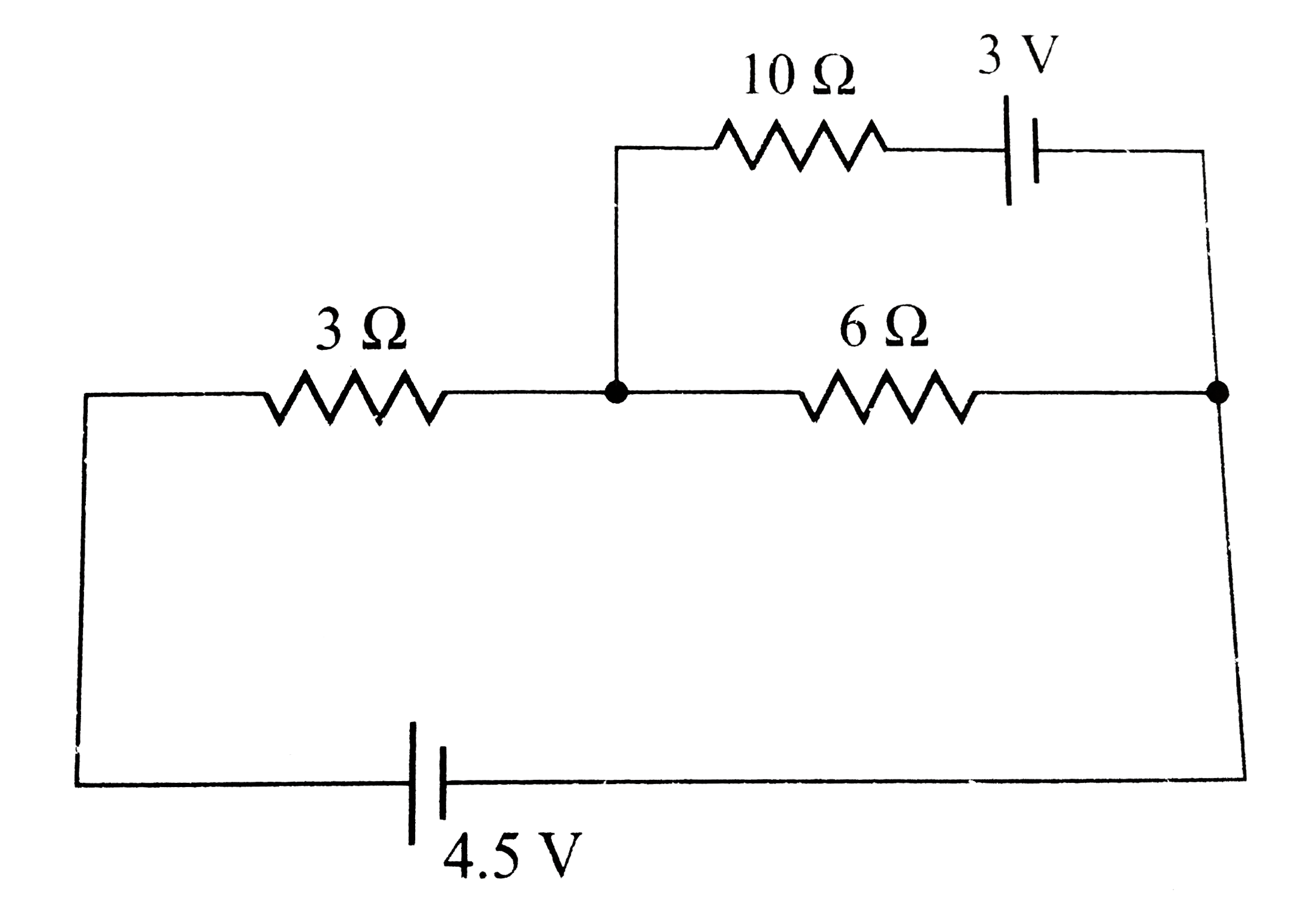

(1) −3I−6I1+4.5=0orI+2I1=1.5(i)
(2) 10(I−I1)+3−6I1=0or10I−16I1=−3(ii)
Solving Eqs. (i) and (ii) we get
I=12A,I1=12A,andI−I1=12−12=0
|
Updated on:21/07/2023
Topper's Solved these Questions
- BOOK - CENGAGE PHYSICSCHAPTER - ELECTRIC CURRENT AND CIRCUITEXERCISE - Solved Examples12videos
ELECTRIC CURRENT AND CIRCUIT
- BOOK - CENGAGE PHYSICSCHAPTER - ELECTRIC CURRENT AND CIRCUITEXERCISE - Exercise 5.128videos
ELECTRIC CURRENT AND CIRCUIT
- BOOK - CENGAGE PHYSICSCHAPTER - ELECTRIC CURRENT & CIRCUITSEXERCISE - Kirchhoff s law and simple circuits15videos
ELECTRIC CURRENT & CIRCUITS
- BOOK - CENGAGE PHYSICSCHAPTER - ELECTRIC FLUX AND GAUSS LAWEXERCISE - MCQ s38videos
ELECTRIC FLUX AND GAUSS LAW
Similar Questions
Find the current in each wire
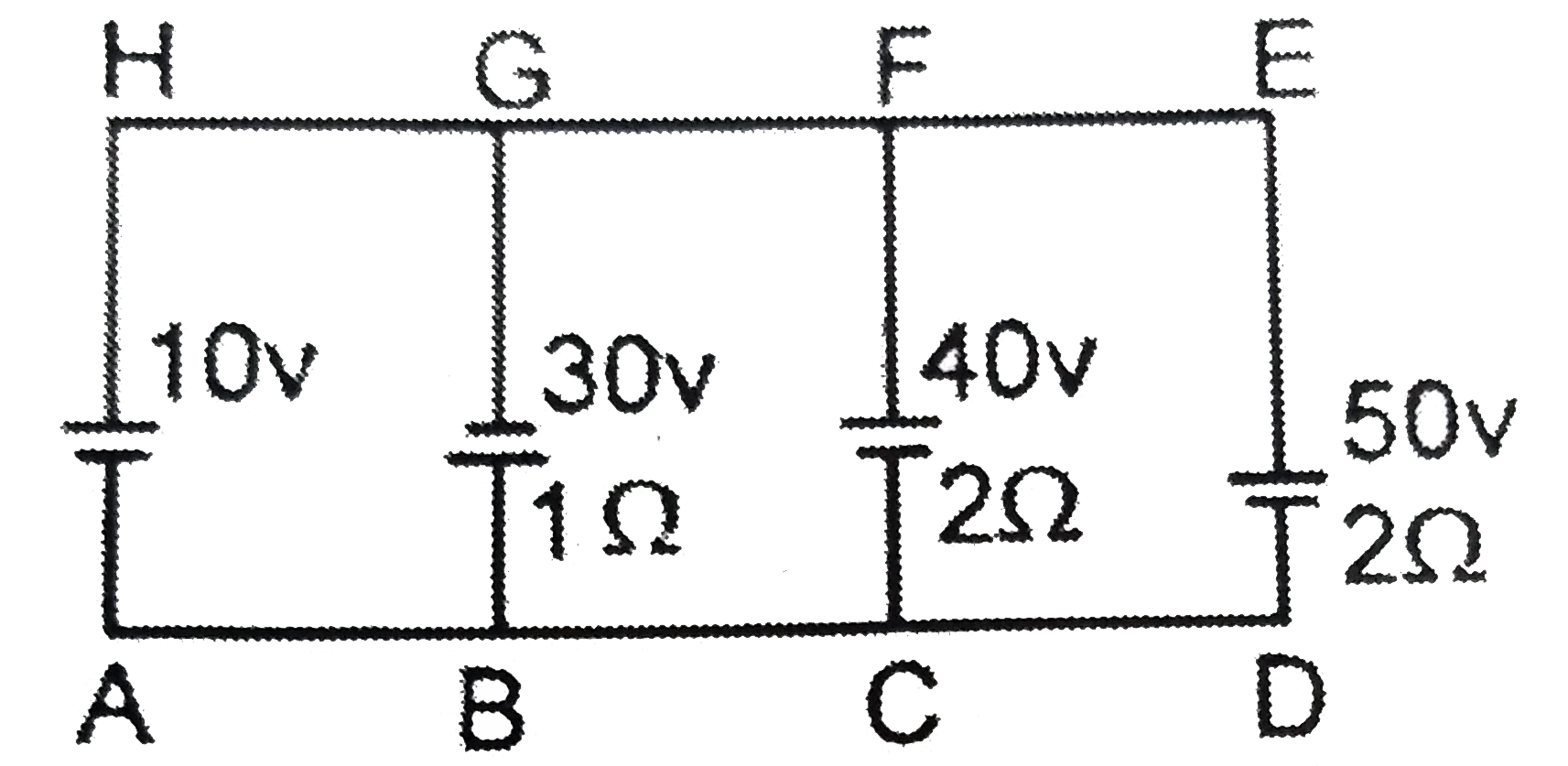 View Solution
View SolutionFind the current in each wire
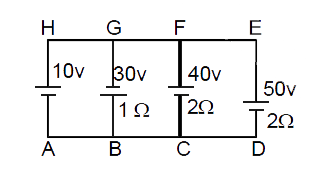 View Solution
View SolutionFind the current in each wire
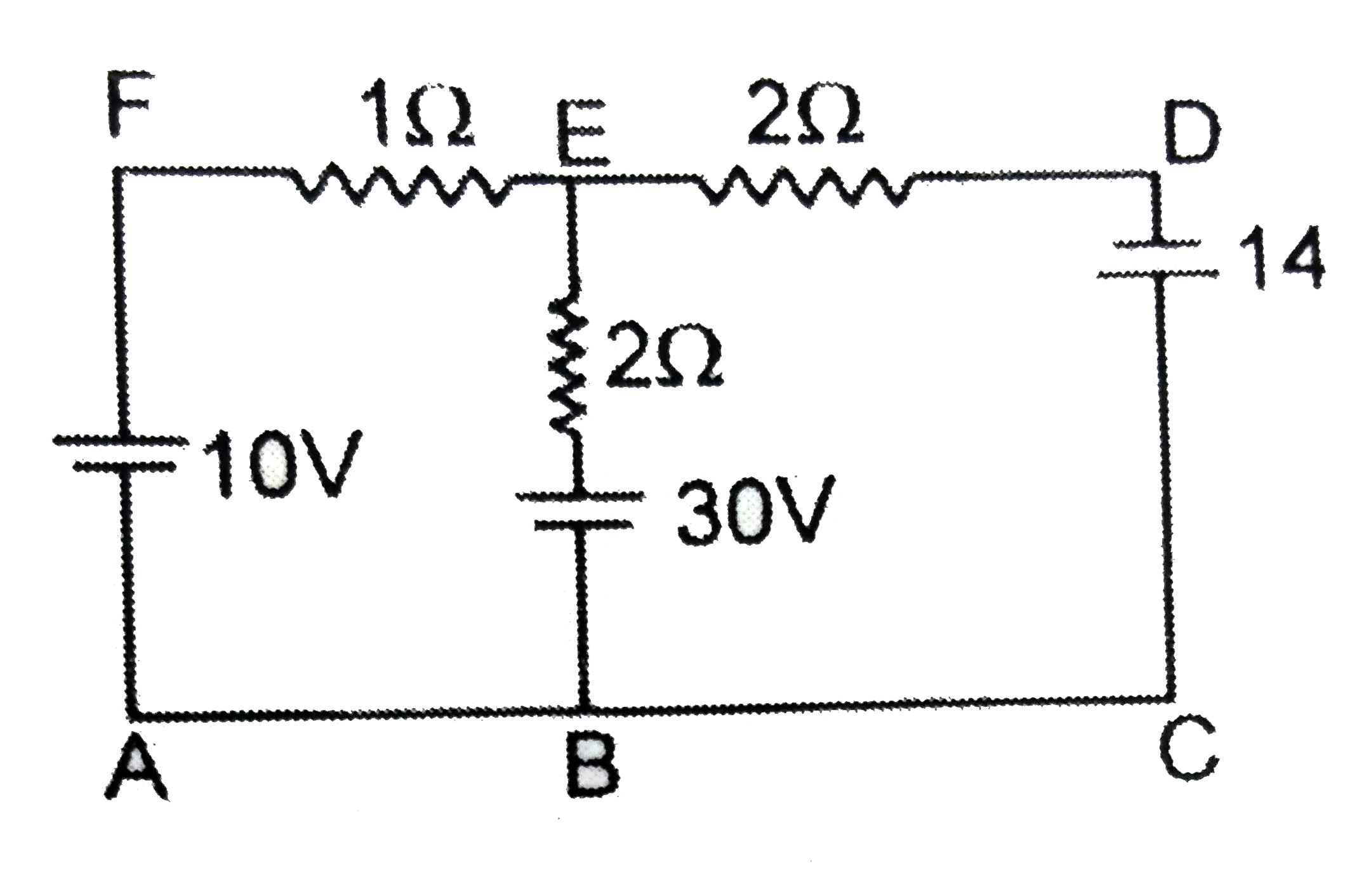 View Solution
View SolutionFind the current in each wire
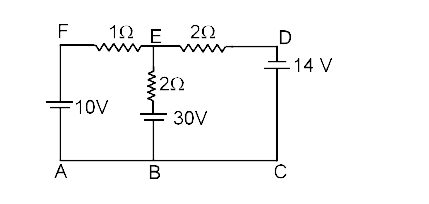 View Solution
View SolutionFind the current in each wire
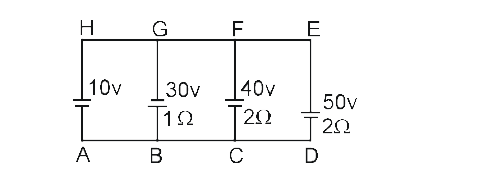 View Solution
View SolutionFind the current in each wire.
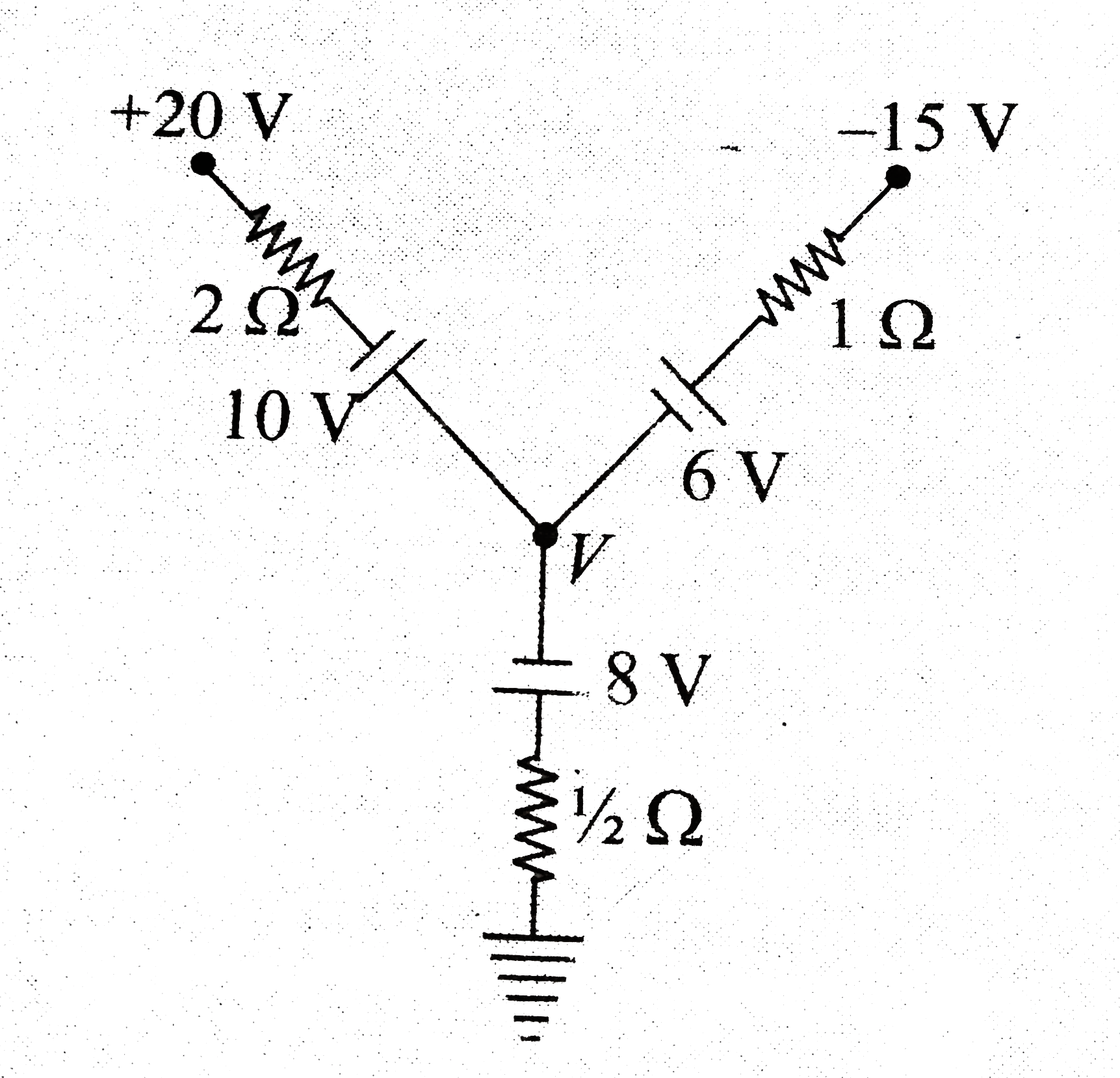 View Solution
View SolutionFind the current in each branches of the circuit.
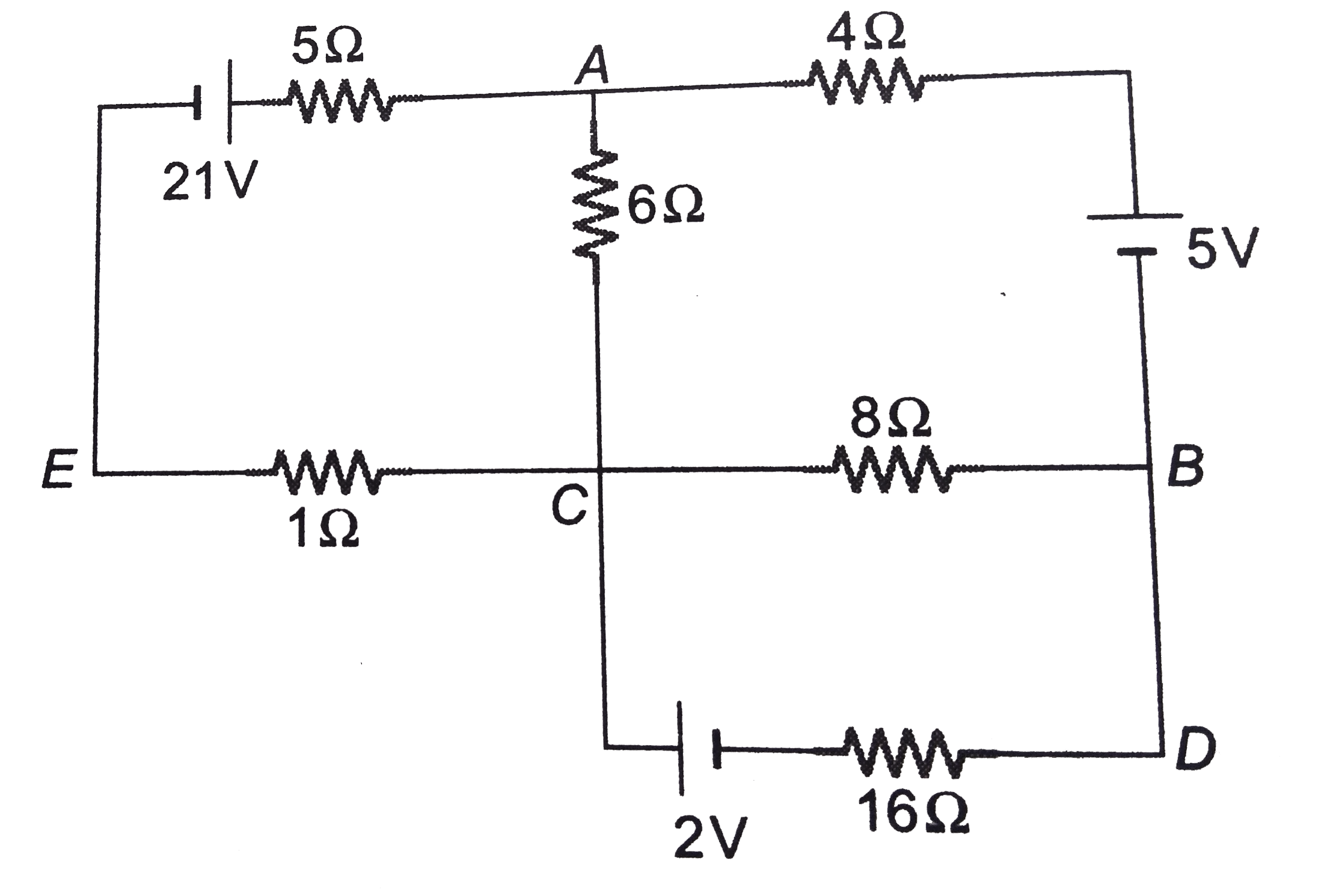 View Solution
View SolutionFind the current in each resistor in the circuit shown below:
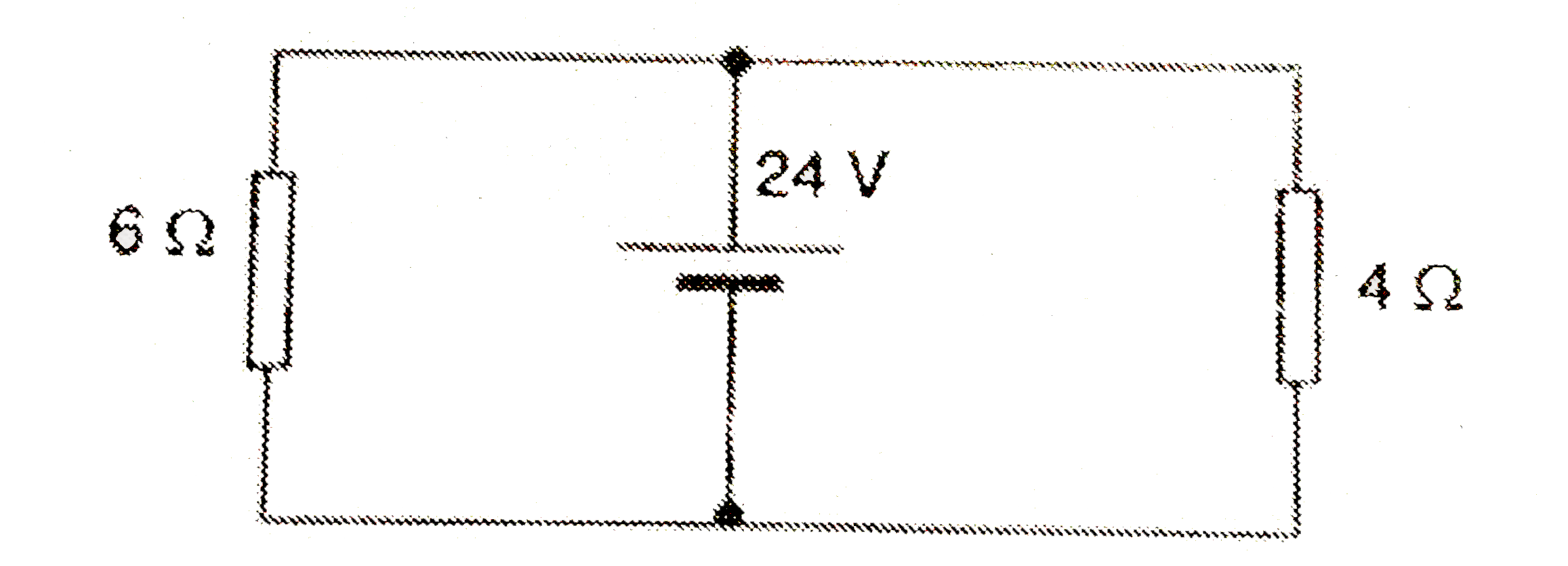 View Solution
View SolutionFind the current in each resistor in the circuit as shown in fig.
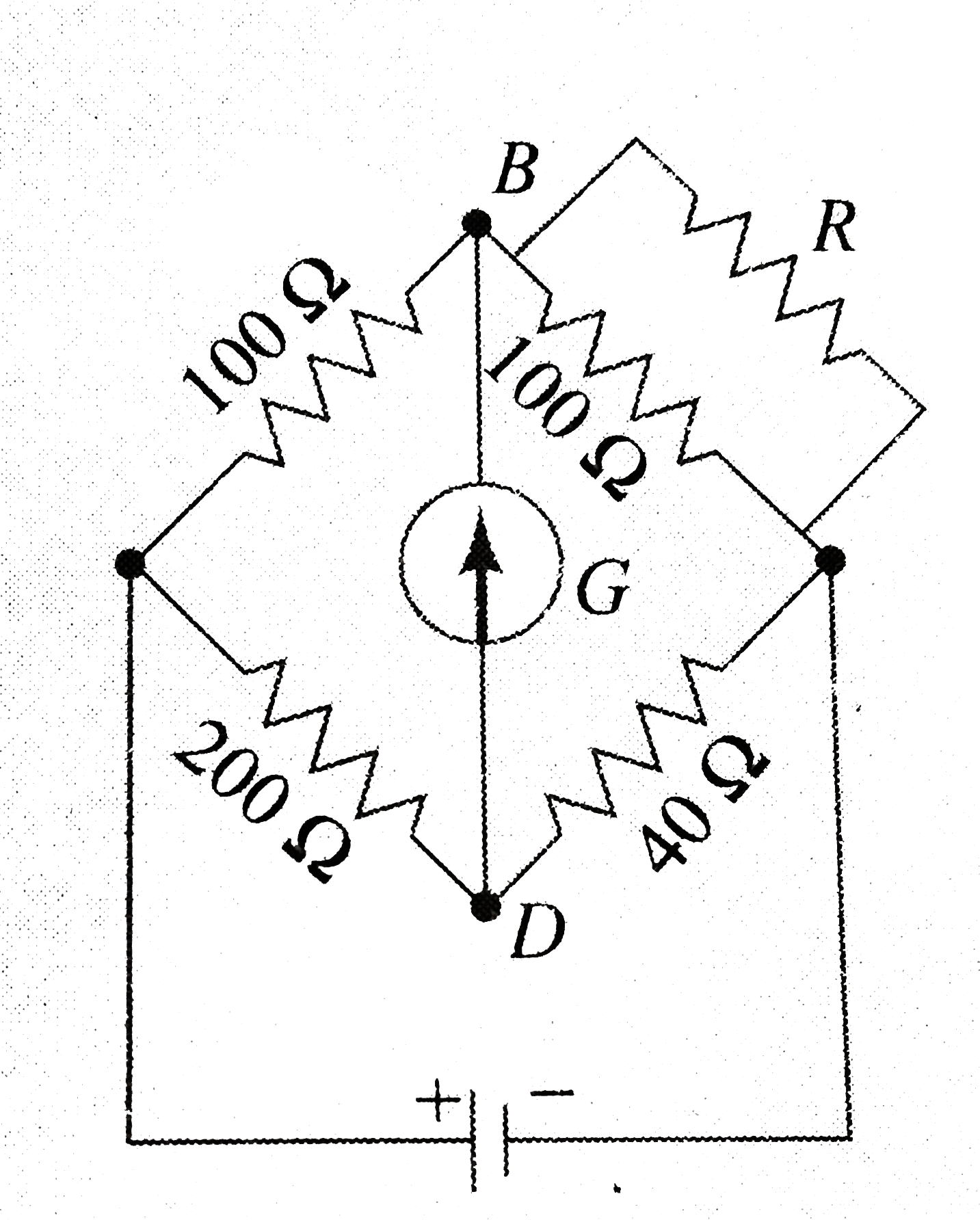 View Solution
View SolutionFind the current in the branch CD of the circuit (in ampere).
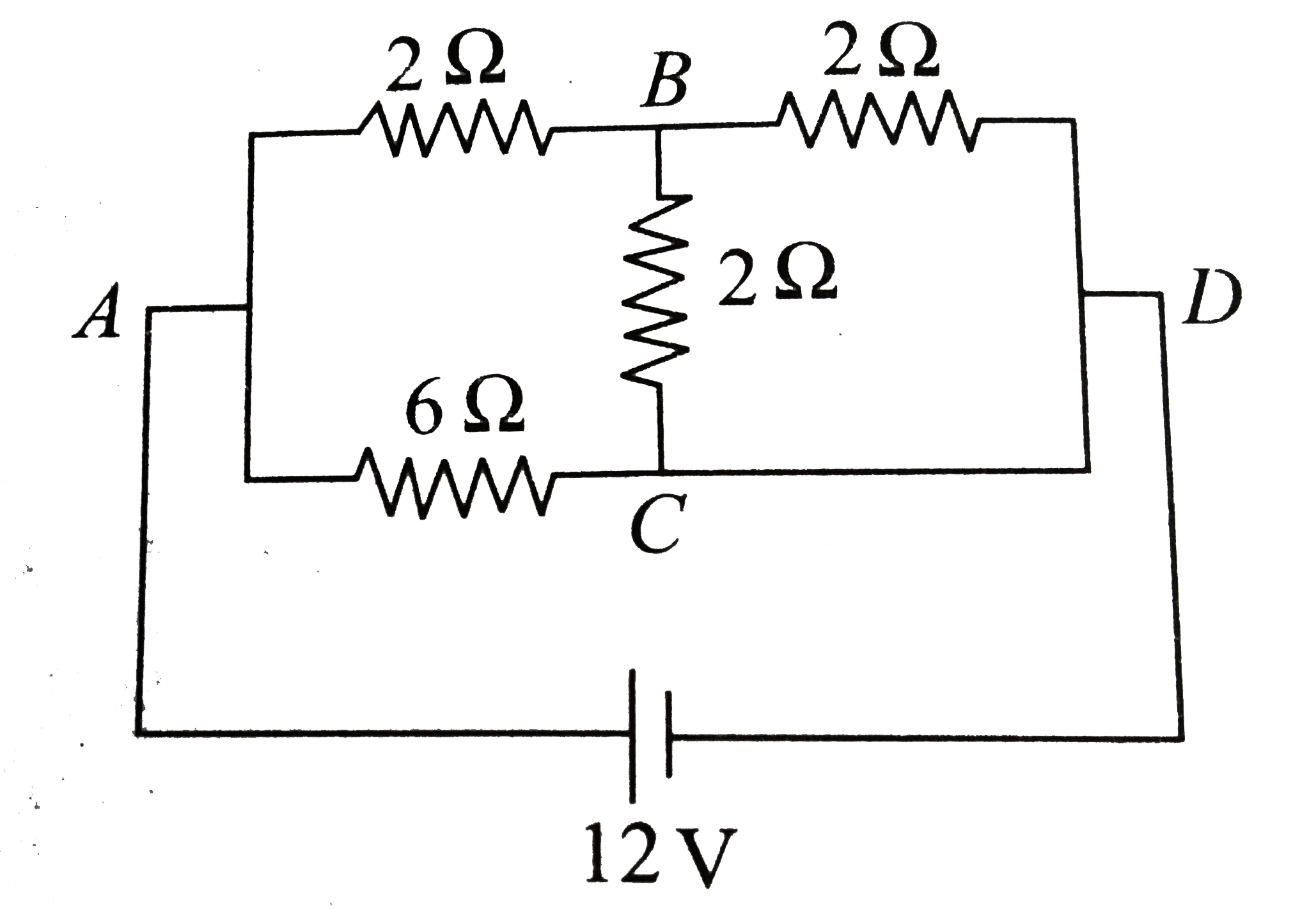 View Solution
View Solution

